Harvest Lane Honey Beehive Deep Brood Box Painted and Assembled, 16-1/4 in. x 19-7/8 in. x 9-1/2 in.
Reap the benefits of a great hobby with this Harvest Lane Honey Beehive Deep Brood Box, which comes painted, assembled and ready for use. Designed to work with any Langstroth beehive, this deep bee brood box is used as the first or second box on the beekeeping hive.
Reap the benefits of a great hobby with this Harvest Lane Honey Beehive Deep Brood Box, which comes painted, assembled and ready for use. Designed to work with any Langstroth beehive, this deep bee brood box is used as the first or second box on the beekeeping hive.
- Handle grips on 4 sides for easy handling
- USA Ponderosa Pine Select Grade bee brood box
- Works with any Langstroth beehive
- Minimal knots
- Frame rest lip included
- Deep brood box is painted with 2 coats of white exterior latex paint
- 16-1/4 in. x 19-7/8 in. x 9-1/2 in.
- Use as your brood chambers in your beekeeping hive
- Standard use is 2 brood chambers per hive
- No assembly required
- Use with deep brood 9 1/8 in. frames and 8 1/2 in. beehive foundation
- Made of USA quality lumber farmed by renewable foresters
Additional information
| Country of Origin | Made in USA |
|---|---|
| Product Type | Beehive Frames |
| Compatibility | Langstroth beehives |
| Primary Color | White |
| Primary Material | Wood |
| Product Height | 9.5 in. |
| Product Length | 19.88 in. |
| Product Weight | 5 lb. |
| Product Width | 16.25 in. |
| Manufacturer Part Number | WWBAL-101 |

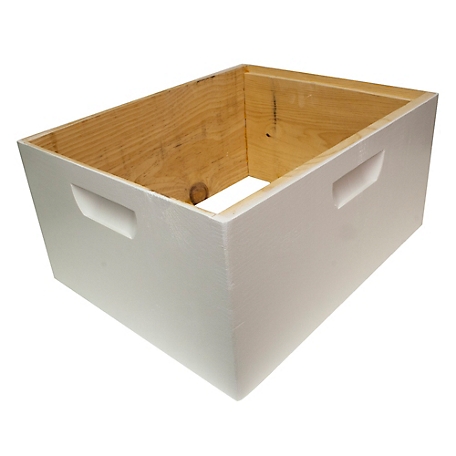
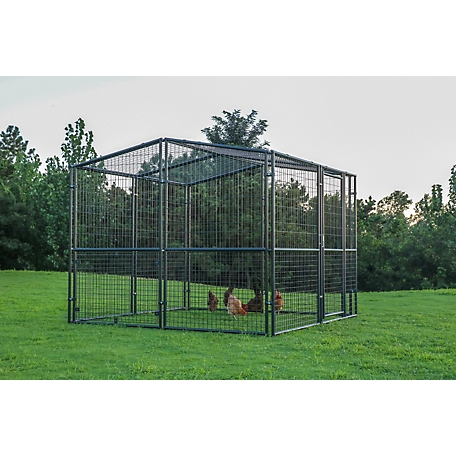
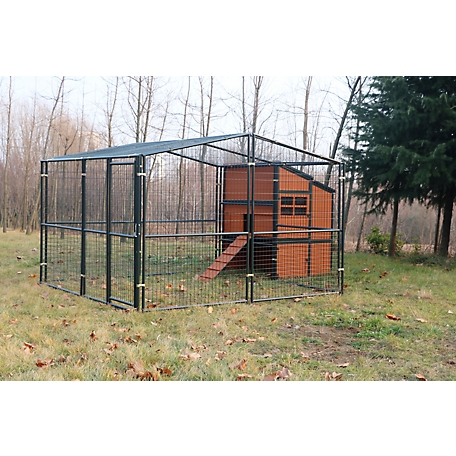
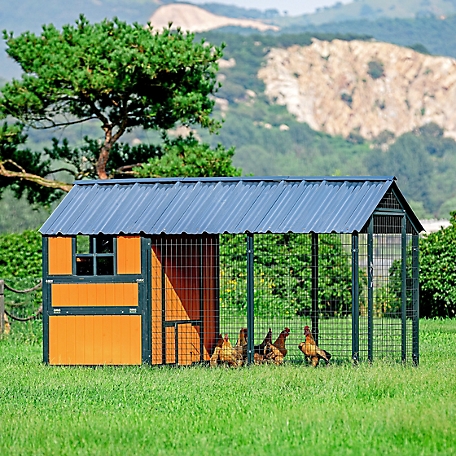
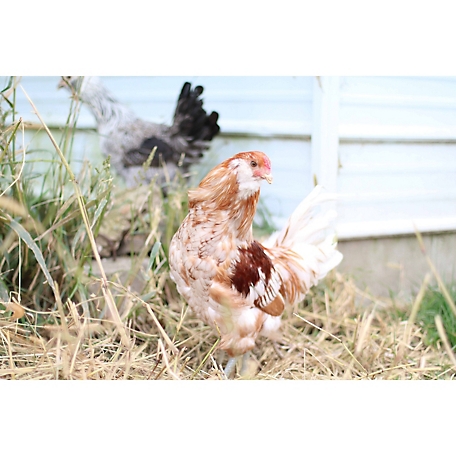
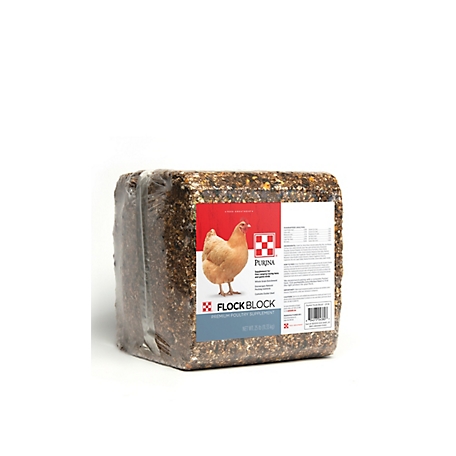

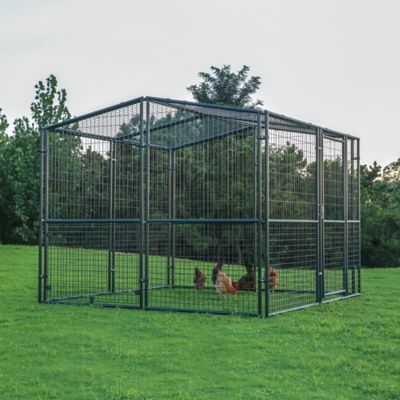
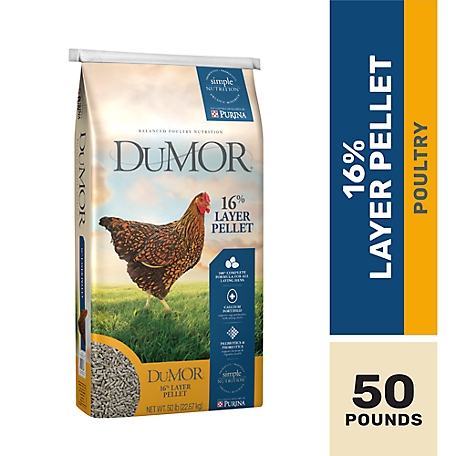

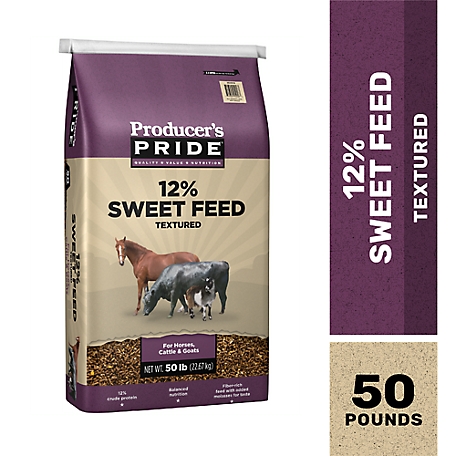
by Andrew
Well built product.
by Brownie
Just what I needed was the box. Nicely painted works for what I need. If I needed another one I would order the same thing.
by Schell
Great quality! The corners line up great. No gaps or holes.